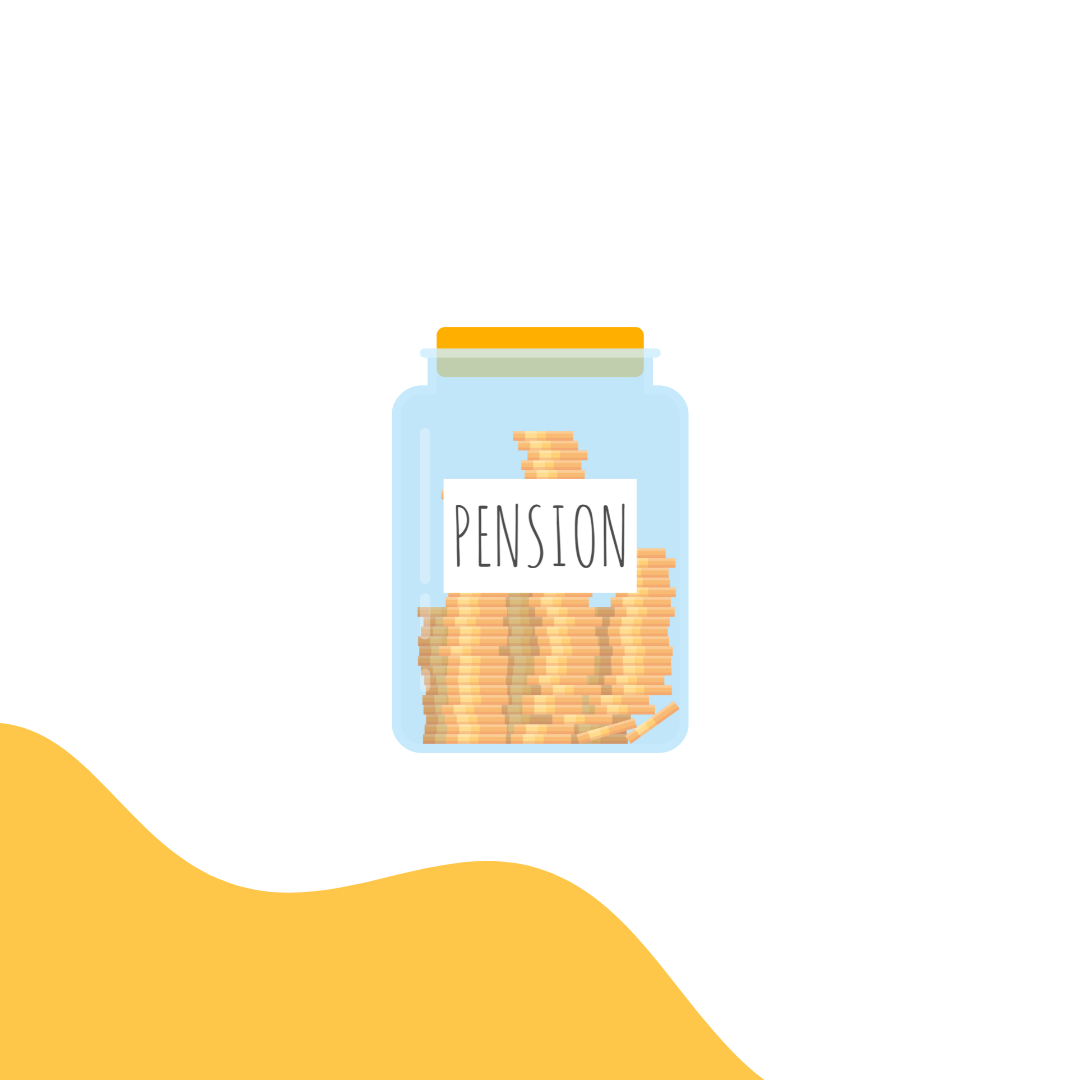Are you saving money and worried about paying tax on the interest you earn? You're not alone! With rising interest rates, more people are finding their savings pushed above the tax-free limit. But there's a way to keep your savings growing without the taxman taking a bite: Individual Savings Accounts (ISAs).
Think of an ISA as a special savings account where the interest you earn is completely tax-free. It's like a magic box for your money - it grows without the taxman taking a chunk each year.
How much can I save in an ISA?
The good news is there's a decent amount you can put away each year. For 2024/25, the limit is £20,000. That's a good chunk of change you can save tax-free!
What are the different types of ISAs?
There are actually a few different ISAs to choose from, depending on your goals:
Cash ISA: This is the simplest type, like a regular savings account but with tax-free interest.
Stocks and Shares ISA: This lets you invest in the stock market for potentially higher returns, but with some risk involved.
Innovative Finance ISA: This is a newer option where you lend money directly to businesses or individuals.
Lifetime ISA (LISA): This is for first-time homebuyers or retirement savings. The government even gives you a bonus on what you save!
Choosing the right ISA
The best ISA for you depends on your goals. If you're looking for a safe place to save with easy access to your cash, a Cash ISA might be a good choice. If you're comfortable with some risk and want to potentially grow your money faster, a Stocks and Shares ISA could be an option. It's always best to talk to a financial advisor for personalised advice on which ISA is right for you.
The New UK ISA
The previous Government had announced plans to introduce a British ISA. However, the current Government are not going ahead with it.
Remember: Don't forget to consider financial advice before making any investment decisions. But with ISAs, you've got a great way to save your money and watch it grow tax-free!
Using ISAs to benefit from tax-free savings income
A combination of higher interest rates and stealth taxation may mean that you are now paying tax on savings income for the first time. If this is the case, it may be worth taking out an Individual Savings Account (ISA) to enjoy more of your investment income tax-free. ISAs are available from a number of financial institutions, including banks and building societies, credit unions, friendly societies, stockbrokers, peer-to-peer lending services and crowdfunding companies.
There are different types of ISAs for persons aged 18 and over:
cash ISA;
stocks and shares ISA;
innovative finance ISA;
Lifetime ISA.
There is also a Junior ISA for children under the age of 18.
ISA limit
There is an annual ISA investment limit of £20,000 in a tax year. The limit may be invested in a single account or spread across different types of accounts. The maximum amount that can be invested in a Lifetime ISA is £4,000 a year. Spouses and civil partners each have their own limit.
A separate limit of £9,000 per year applies to Junior ISAs.
Cash ISA
Savings in a cash ISA can be held in bank and building society accounts and in some National Savings products. Interest earned on savings held within a cash ISA is tax-free.
Stocks and shares ISA
Investments within a stocks and shares ISA can include shares in companies, unit trusts and investment funds, corporate bonds and Government bonds. However, shares owned in a personal capacity cannot be transferred into a stocks and shares ISA, although it is possible to transfer shares from an employee share scheme into an ISA.
Income and gains from the investments held within the ISA are tax-free.
Innovative finance ISA
Investments within an innovative finance ISA can include peer-to-peer loans (i.e. loans given to other people or businesses without using a bank), crowdfunding debentures (i.e. investments in a business by buying its debt) and funds where the notice or redemption period means that the funds cannot be held in a stocks and shares ISA. Arrangements that are already in existence outside the innovative finance ISA cannot be transferred into an innovative finance ISA. Income and gains on investments within an innovative finance ISA are tax-free.
Lifetime ISA
A Lifetime ISA is designed to help people to save either for their first home or for retirement. Cash and stocks and shares can be held in a Lifetime ISA. Returns are tax-free. Lifetime ISAs also benefit from a tax-free Government bonus equal to 25% of the amount saved, capped at £1,000 a year. However, there are more conditions than for other ISAs.
The maximum amount that can be invested in a Lifetime ISA is £4,000 a year. This counts towards the overall limit on investments in ISAs, set at £20,000 per tax year.
A person must be aged 18 or over and under 40 to open a Lifetime ISA and the first payment must be made into the account before the individual turns 40. Once an account is open, the individual can continue to contribute up to £4,000 a year until they reach the age of 50. Beyond age 50, the account remains open and will continue to earn interest, but no further deposits can be made and no further government bonuses will be paid.
Money can only be withdrawn from a Lifetime ISA without penalty where it is used to buy a first home once the individual has reached age 60 or if they are terminally ill with less than 12 months to live.
On the face of it, the 25% Government bonus makes a Lifetime ISA an attractive option for saving for a deposit for a first home. However, the money in a Lifetime ISA can only be used in this way if the home is purchased with a mortgage and does not cost more than £450,000. In London and other areas with high property prices, buyers may struggle to find a first home within this price bracket. If a first home is purchased for more than this, the saver has the choice of either leaving the funds in the account until they reach the age of 60 or withdrawing the money saved and forfeiting the government bonus. The bonus will be clawed back if the funds are withdrawn other than for one of the three permitted reasons.
Junior ISAs
A Junior ISA is a long-term tax-free savings account for children. There are two types of Junior ISA, a cash ISA or a stocks and shares ISA and a child can have one or both types. The account can be opened by a parent or a guardian with parental responsibility. However, the money belongs to the child. As any interest is tax-free and not taxed on the parent, a Junior ISA is an attractive option for a parent wishing to save for their child. The child can take control of the account when they reach the age of 16, but cannot withdraw the money until they turn 18.



